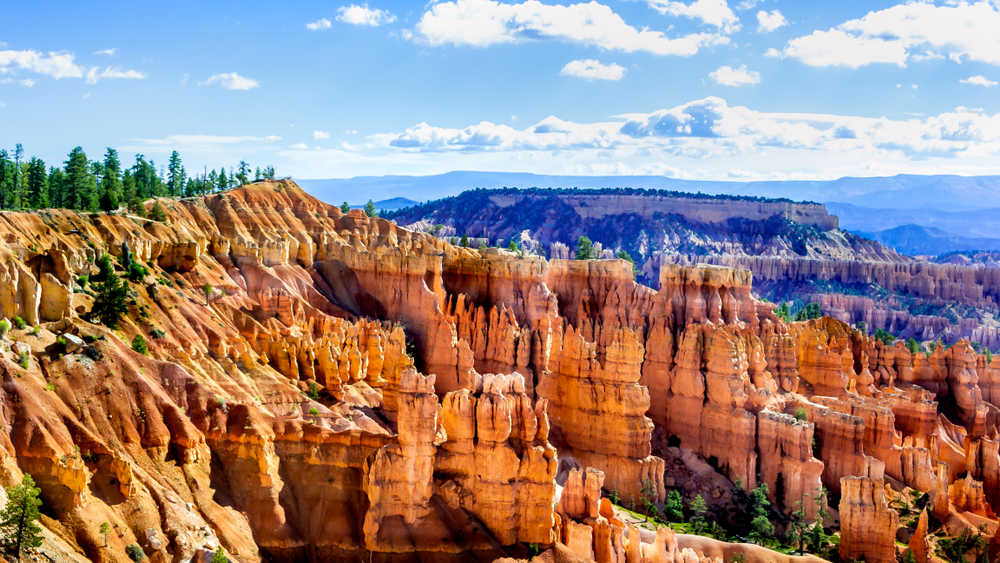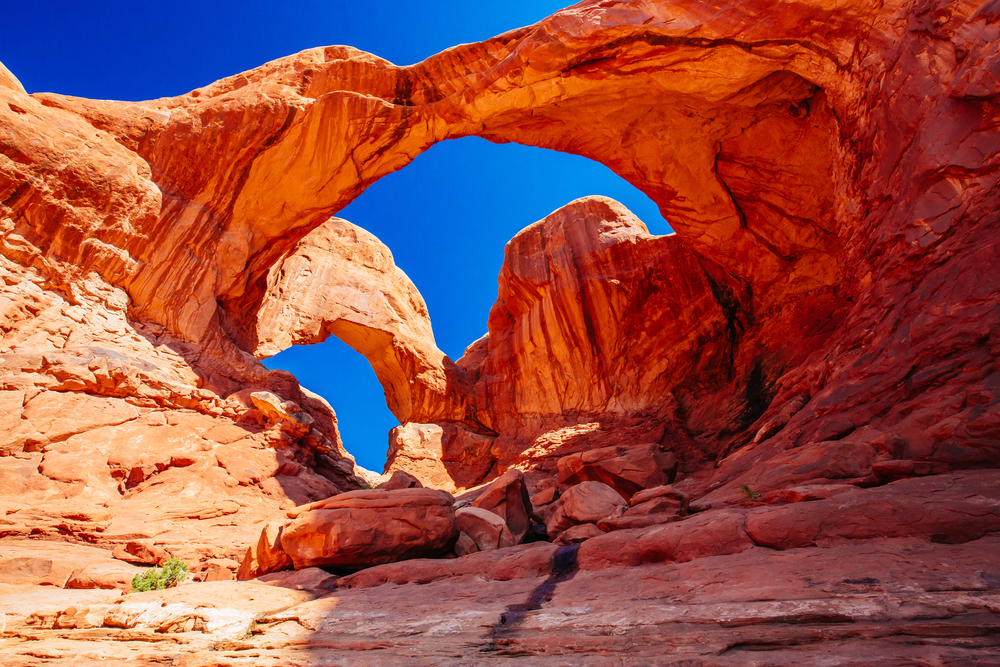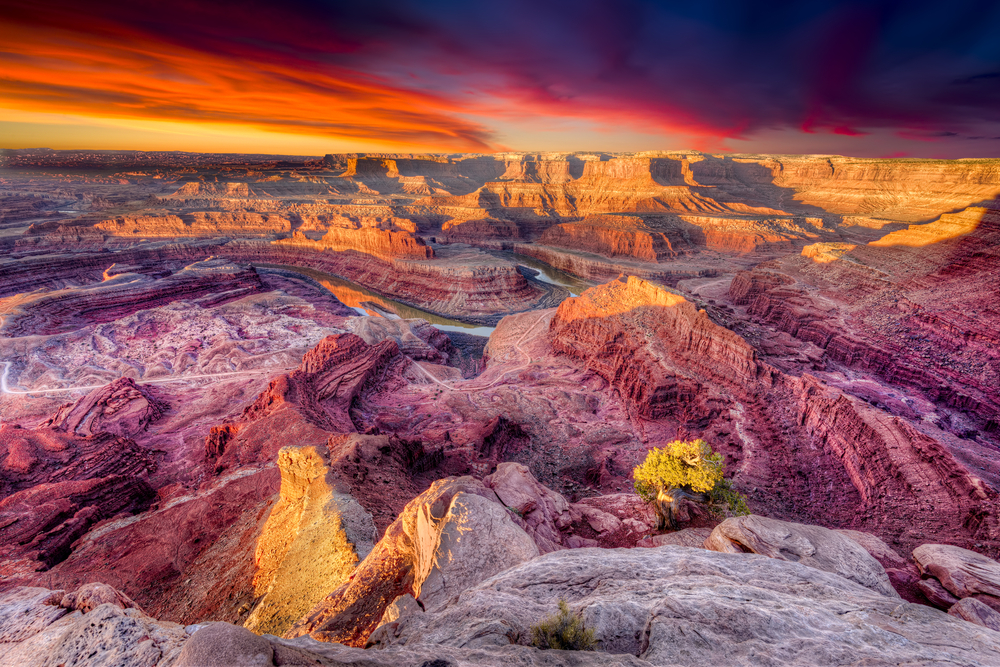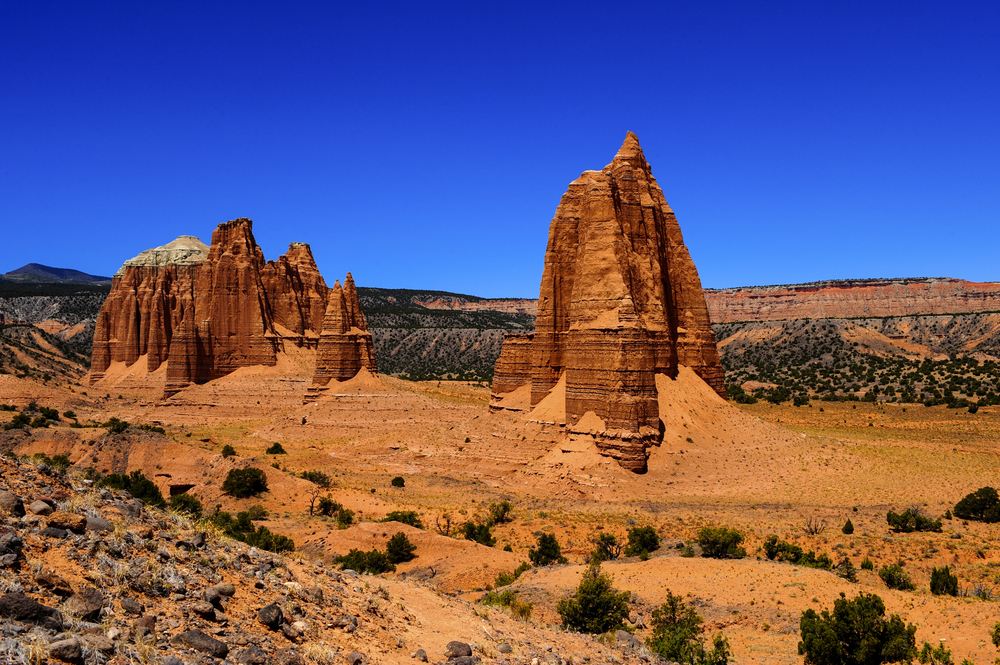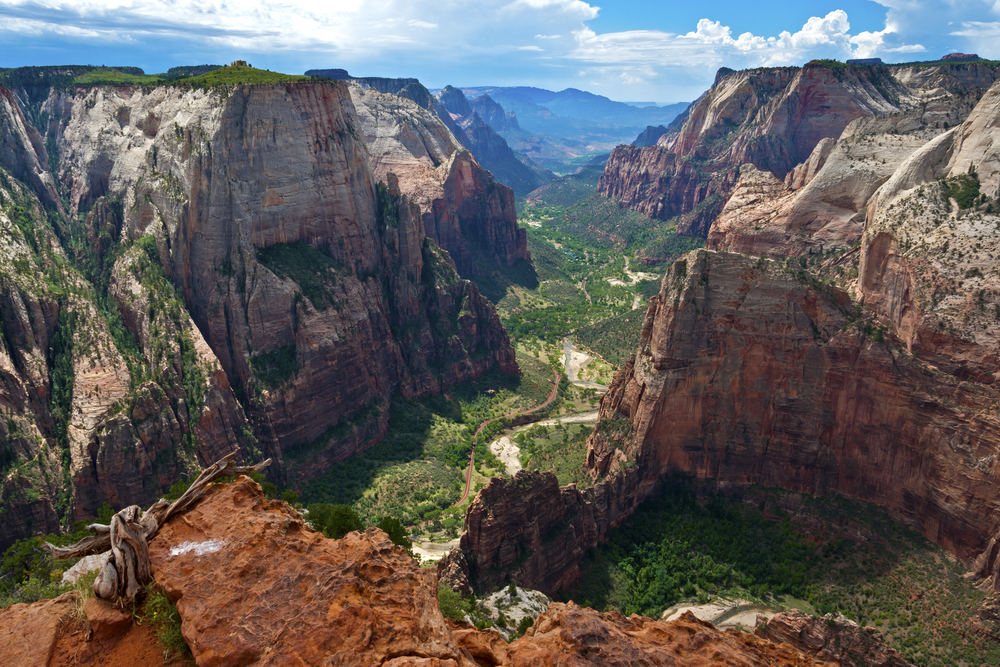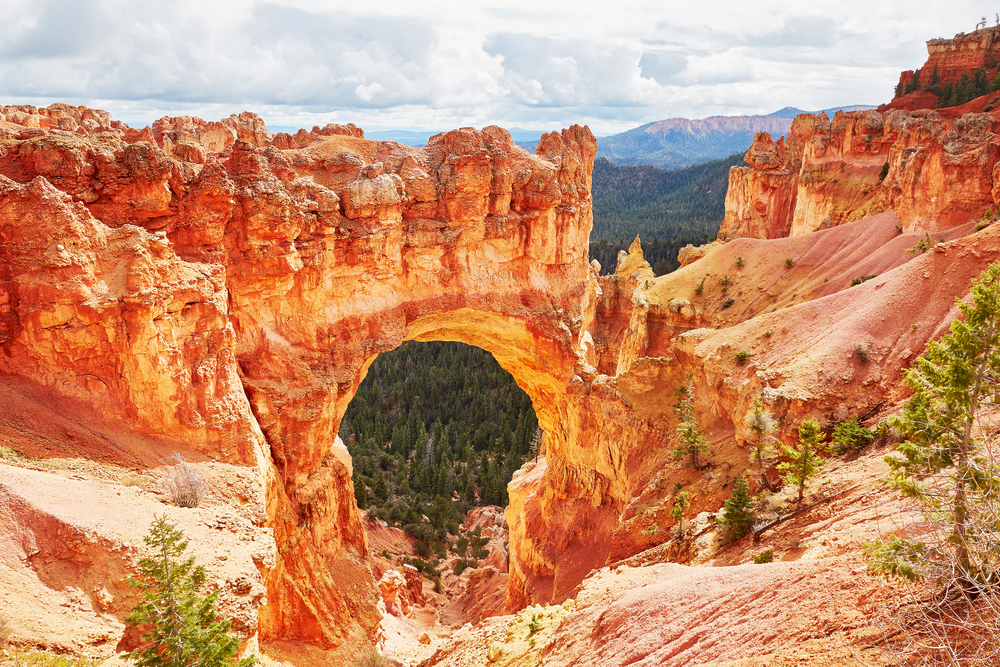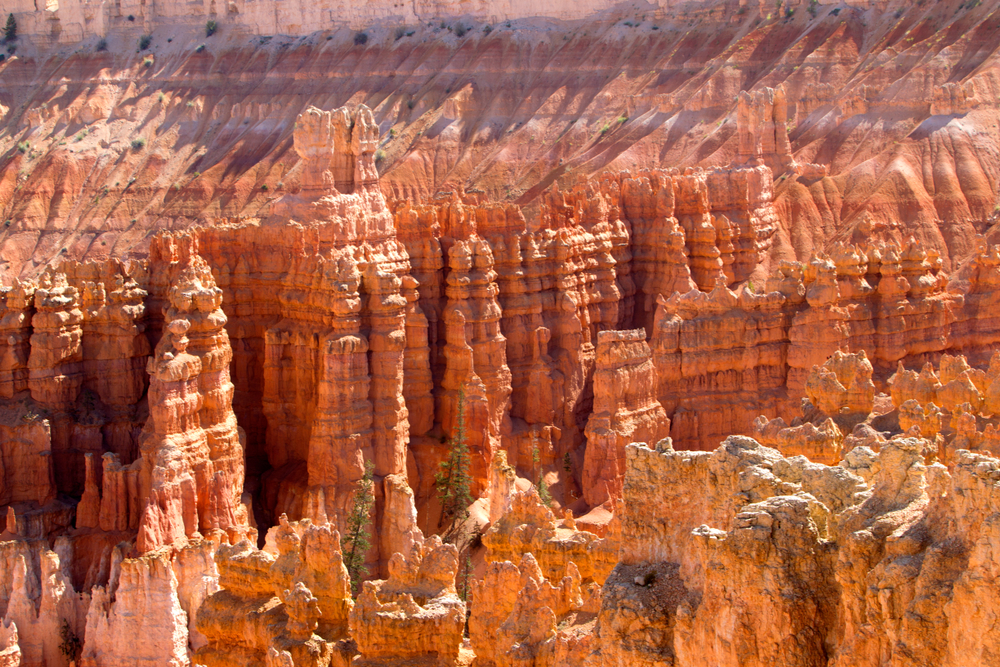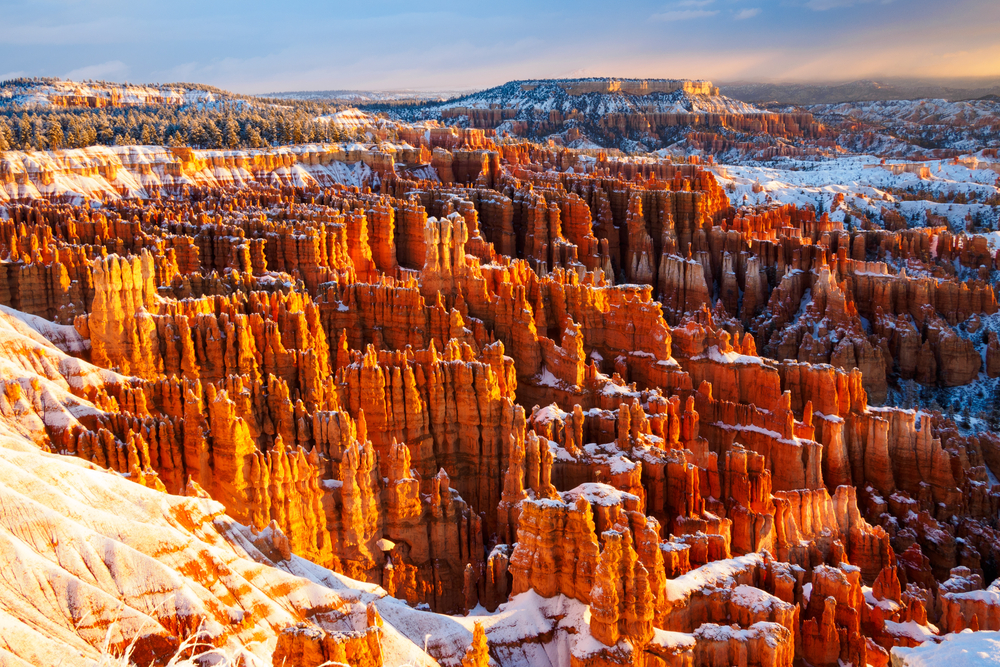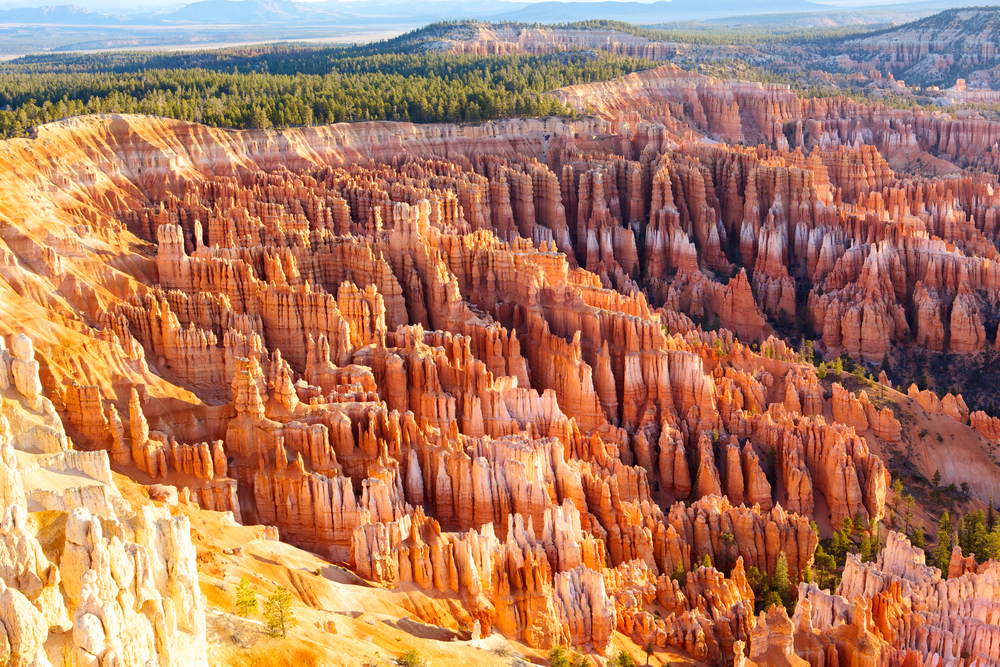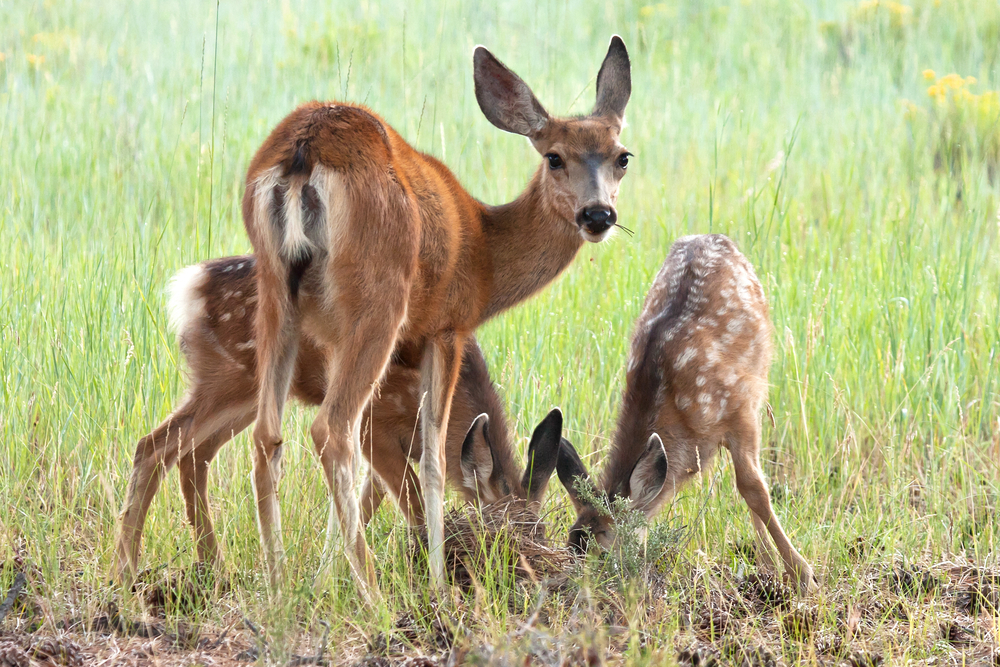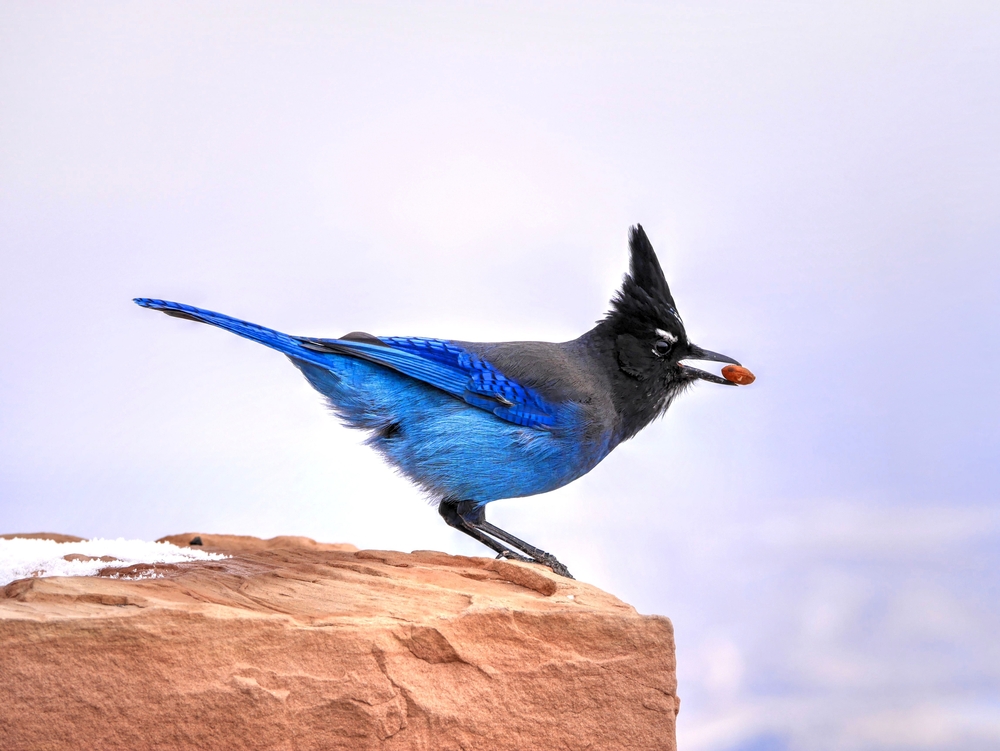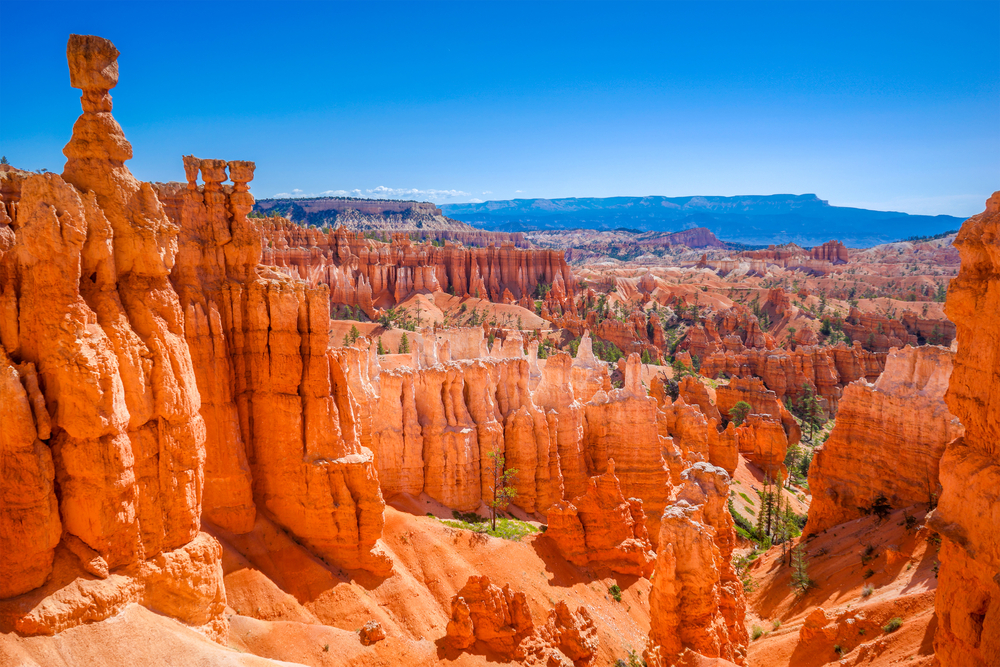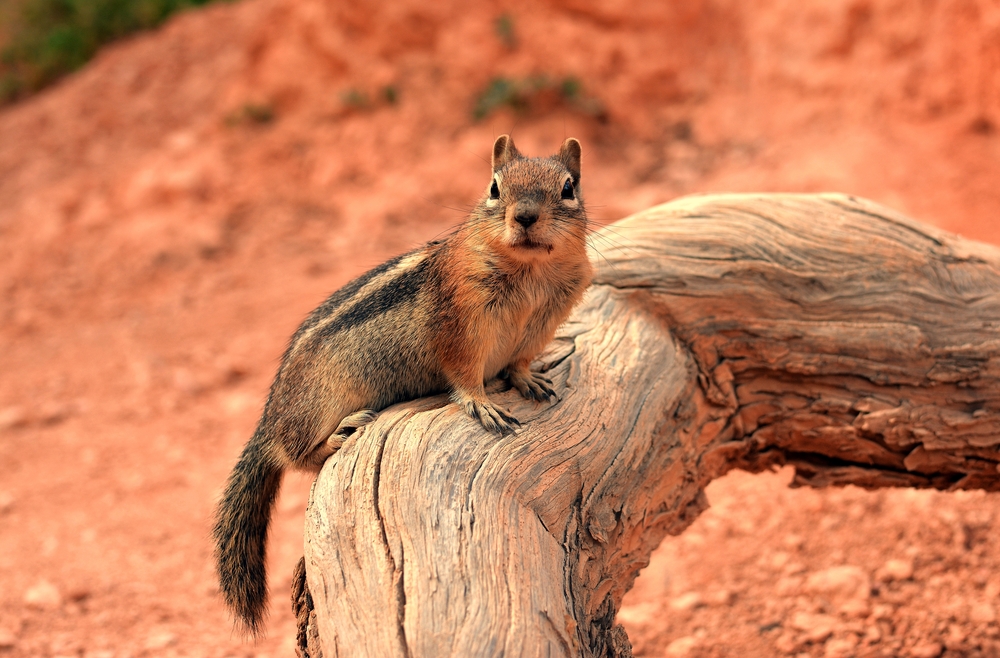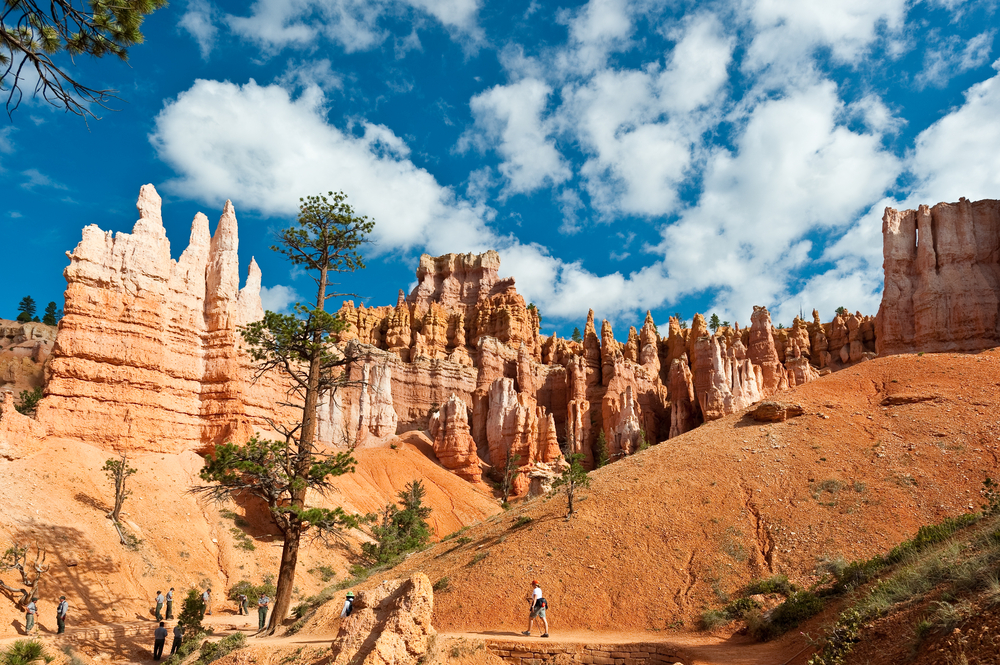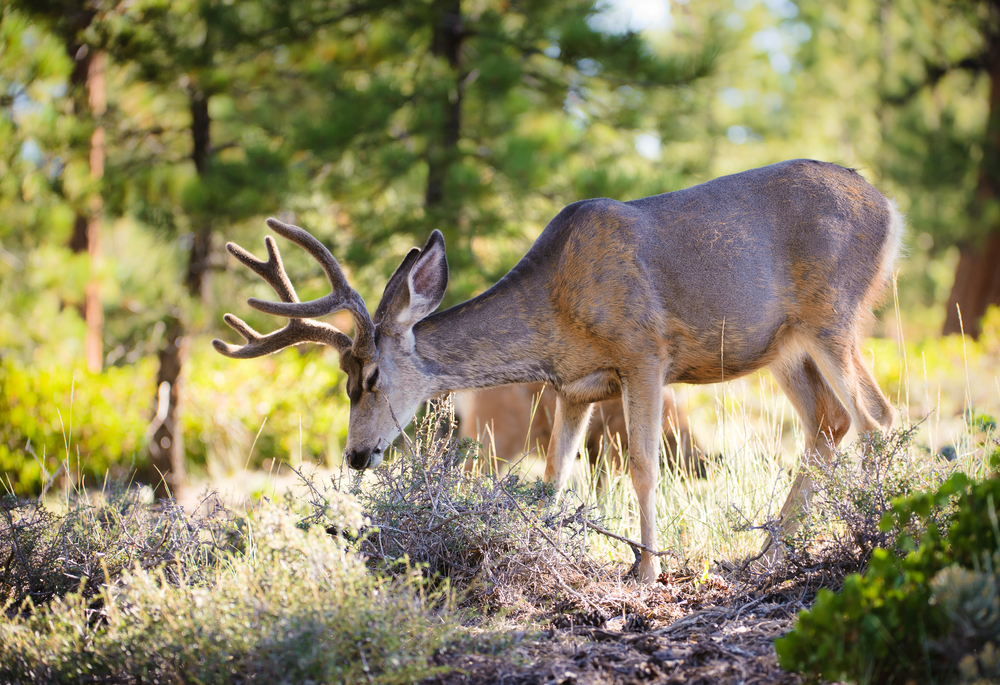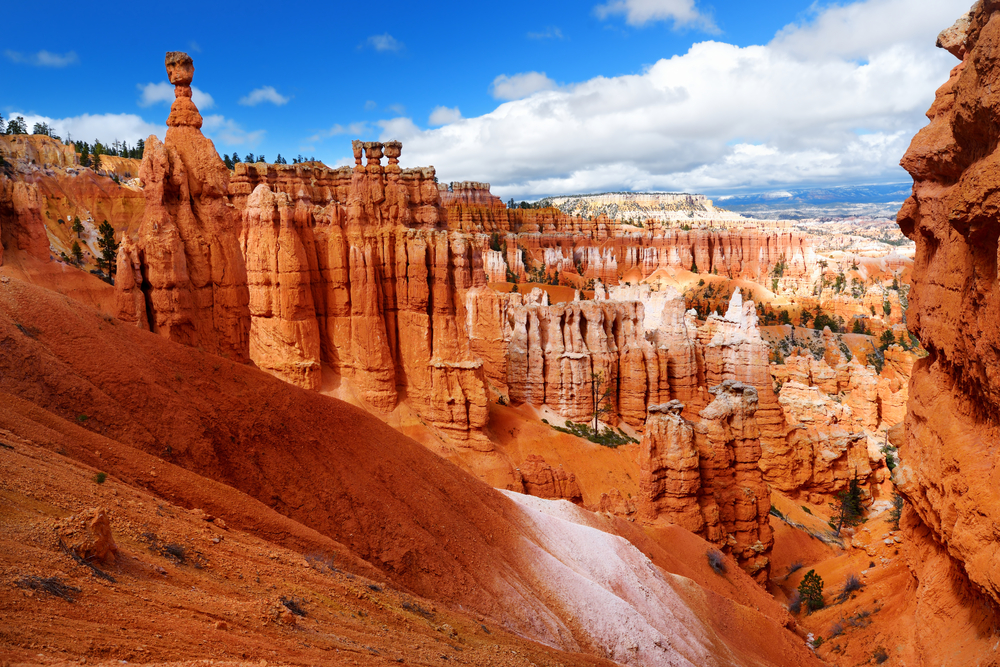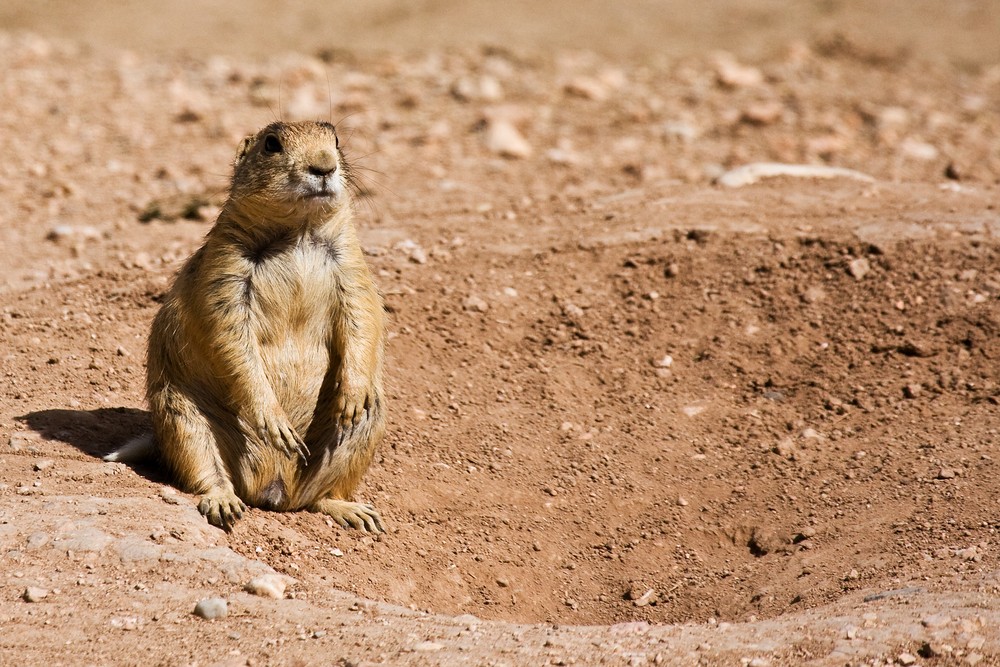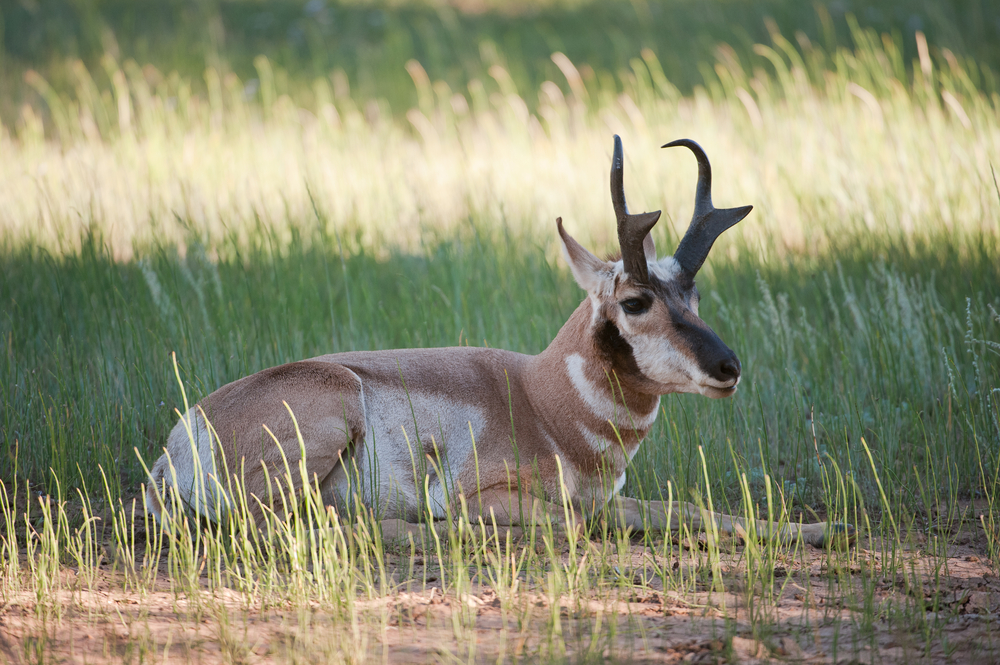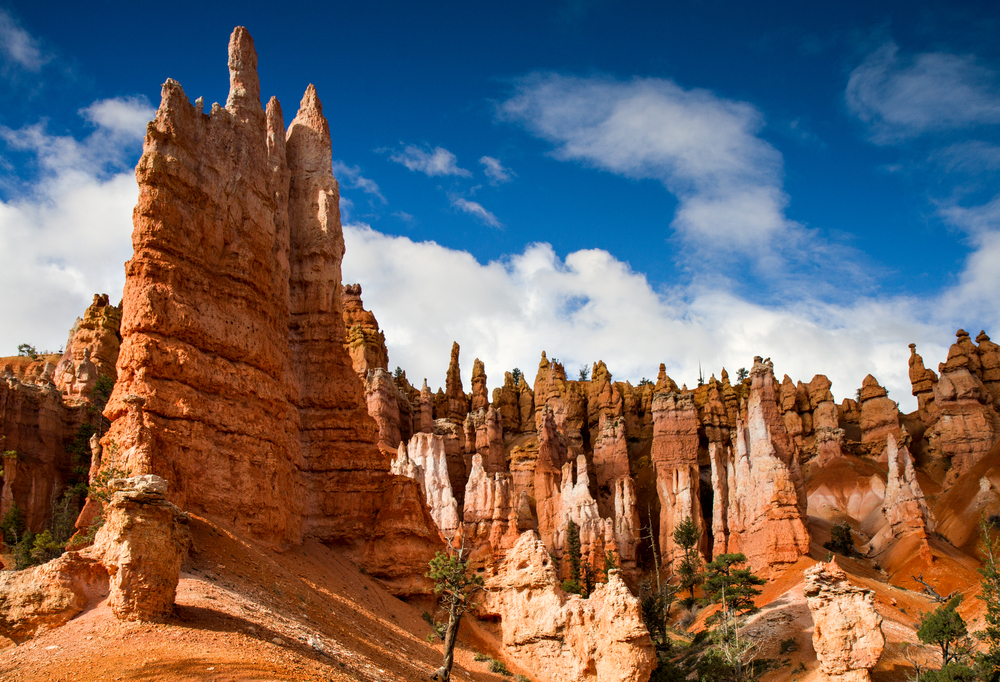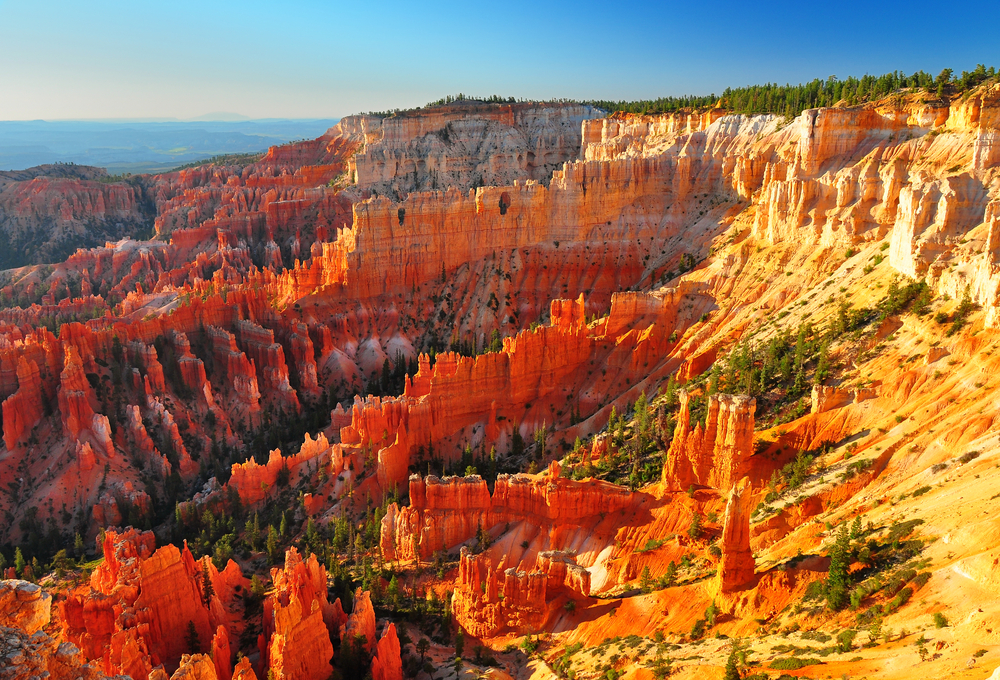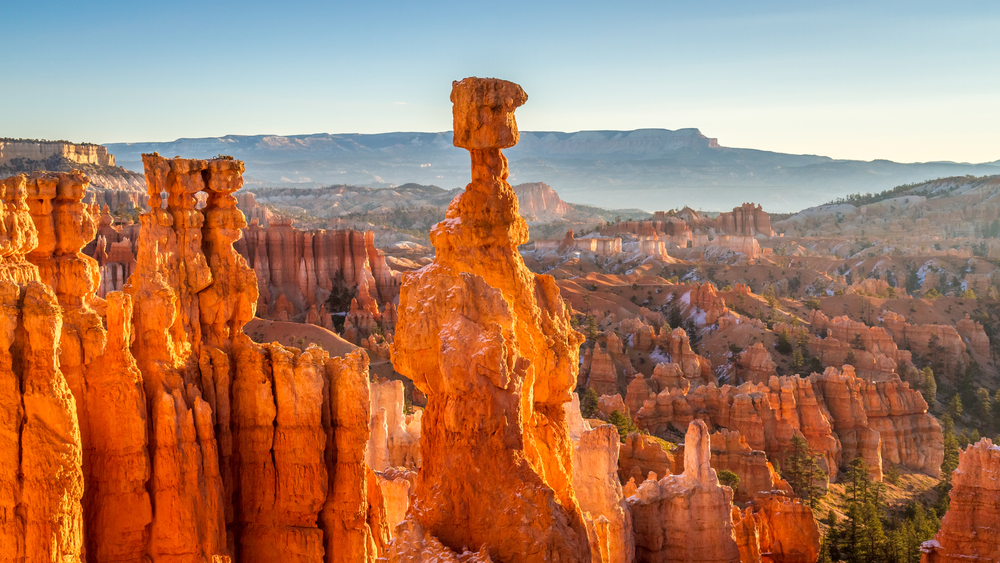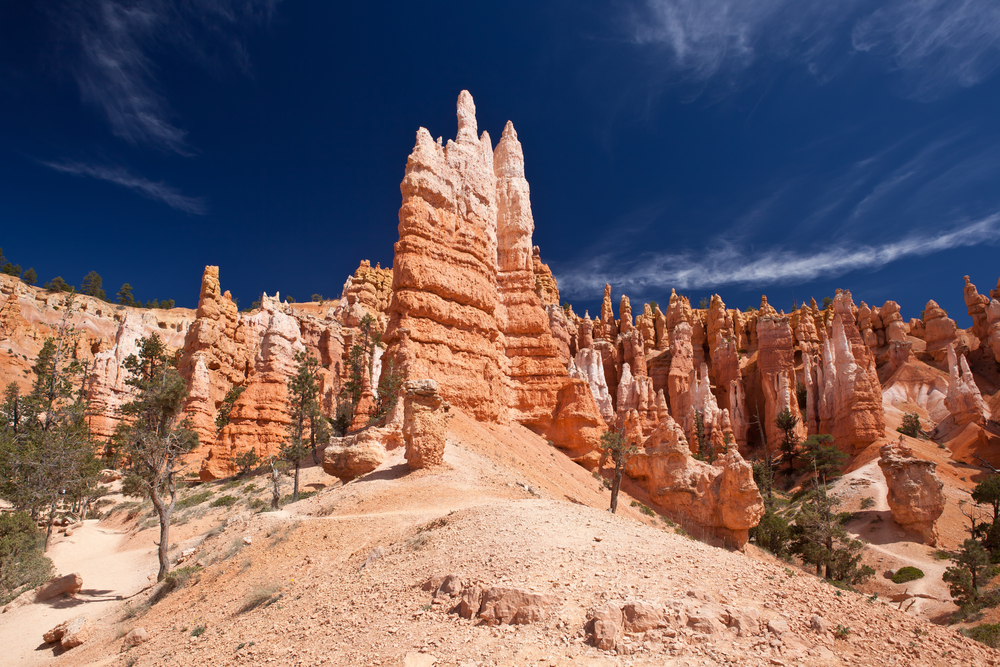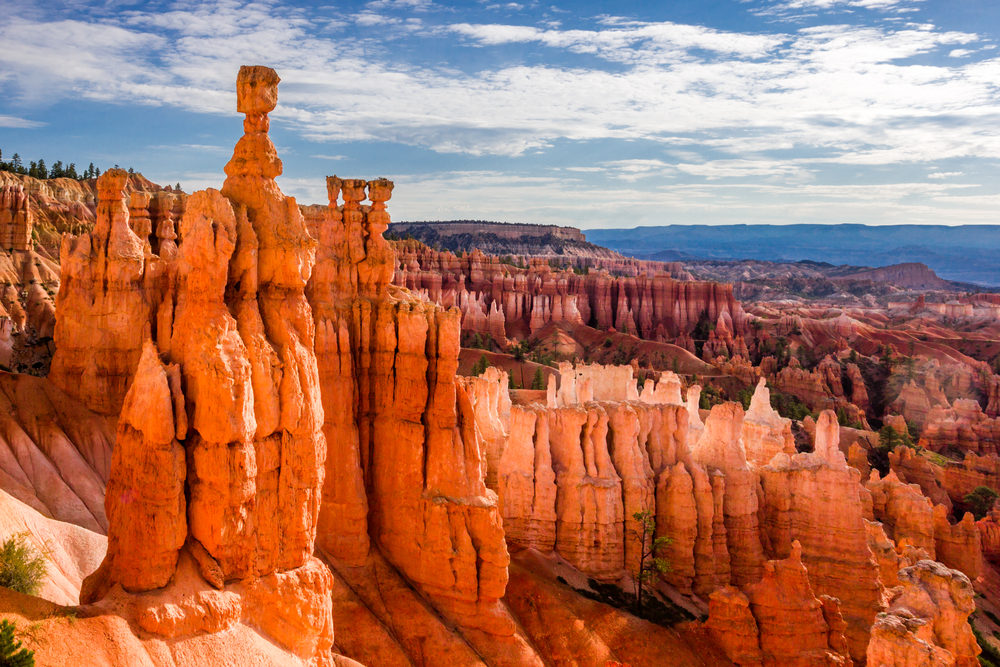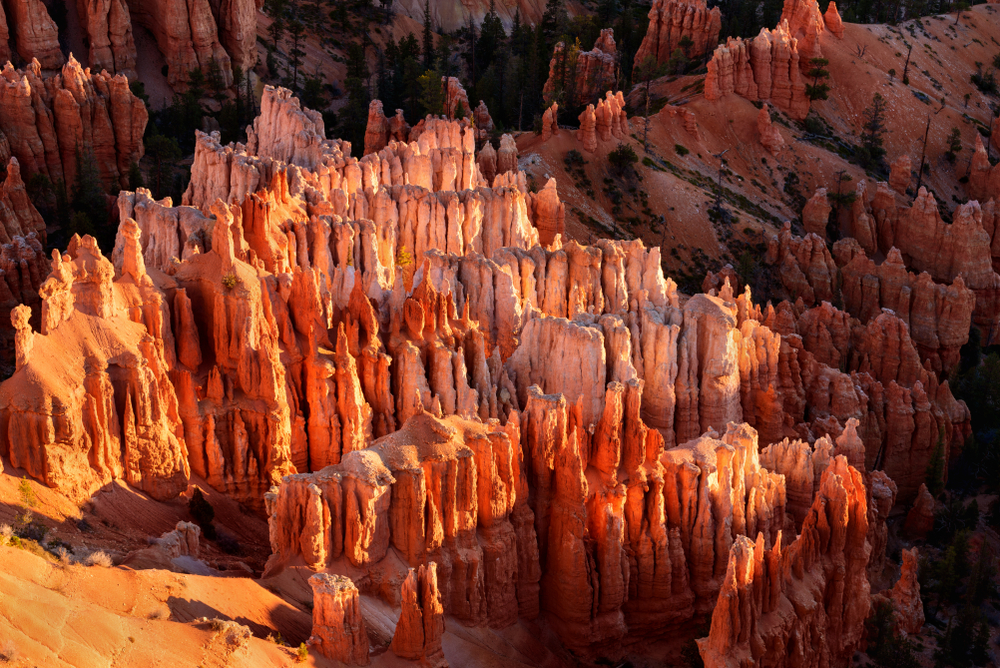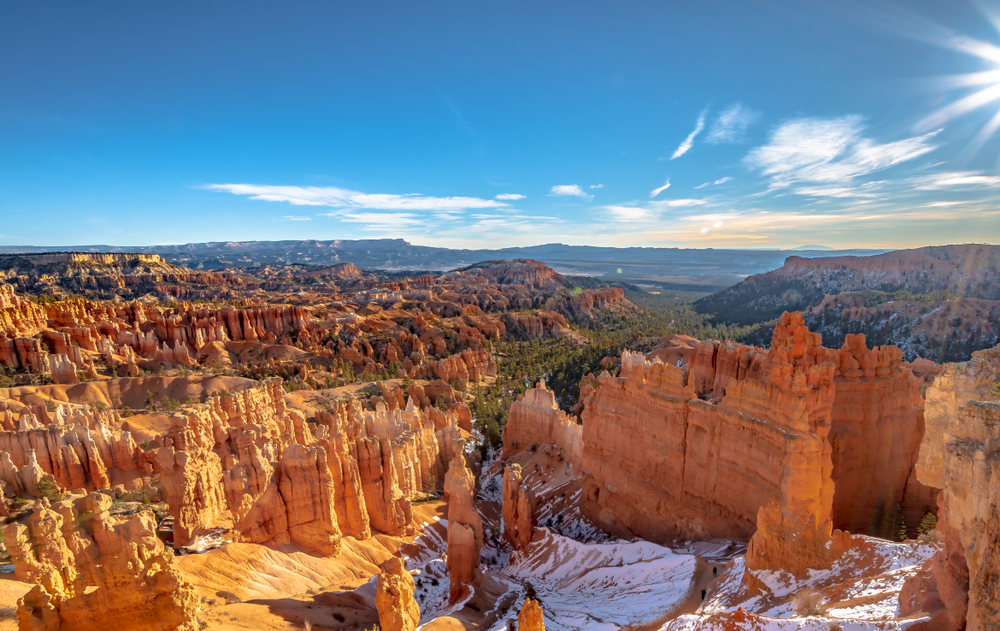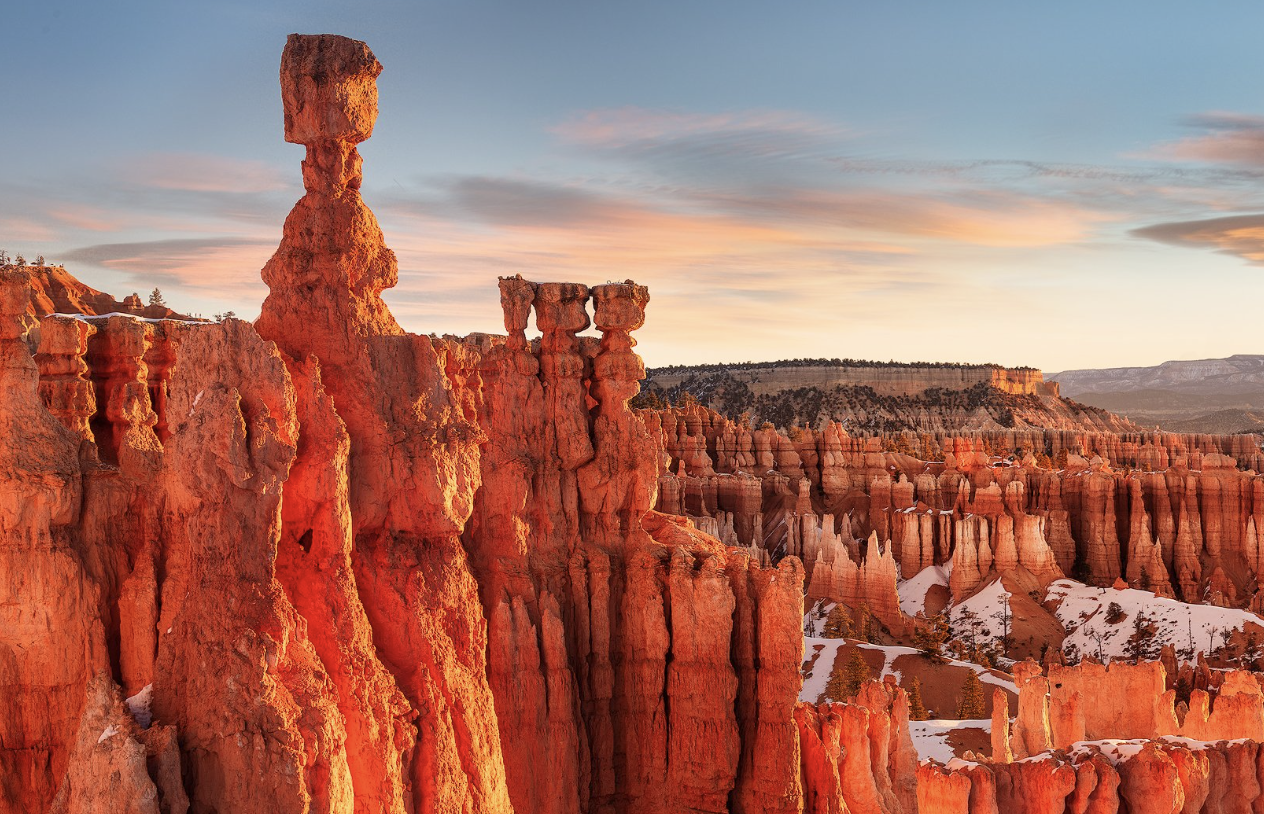Bryce Canyon National Park, celebrated for its extraordinary geological formations and hoodoos, is equally remarkable for its diverse array of wildlife. Amidst the park’s high-altitude forests and meadows, a variety of animals have adapted to the unique environment, offering visitors a chance to witness the interplay of life in this stunning landscape.
From small, industrious insects to large, majestic mammals, each species contributes to the ecological richness of Bryce Canyon, making it a fascinating place for nature enthusiasts and casual visitors alike.
Mule Deer – Frequently seen at dawn and dusk, Mule Deer are graceful inhabitants of the park, easily recognized by their large ears and black-tipped tails.
Utah Prairie Dog – Endemic to the area, these social rodents are vital for the ecosystem, often spotted in meadows within their extensive burrow systems.
Mountain Lion – Although elusive and rarely seen, Mountain Lions roam the park’s backcountry, apex predators that maintain the balance of Bryce Canyon’s ecosystem.
Golden-Mantled Ground Squirrel – Often mistaken for chipmunks, these ground squirrels are a common sight, scurrying across the park in search of food.
Steller’s Jay – With its striking blue plumage and crest, the Steller’s Jay is a noisy and vibrant presence among the park’s coniferous forests.
American Kestrel – The smallest falcon in North America, the American Kestrel can be seen hovering or perched, searching for insects and small mammals.
Peregrine Falcon – Renowned for its speed, the Peregrine Falcon nests on the park’s cliff faces, diving at incredible speeds to catch its prey.
Rock Squirrel – These large squirrels are common around the park’s rim, often seen sunning themselves on rocks or foraging for seeds and nuts.
Clark’s Nutcracker – A key species for the propagation of whitebark pine, Clark’s Nutcracker is often seen flying across the park, its sharp bill adept at extracting seeds.
Great Basin Rattlesnake – This venomous snake, while less commonly seen, inhabits the park’s lower elevations, playing a crucial role in controlling rodent populations.
The wildlife of Bryce Canyon National Park adds an additional layer of wonder to the park’s already breathtaking scenery, creating a dynamic and vibrant ecosystem where each species, from the fluttering Steller’s Jay to the stealthy Mountain Lion, plays a role in the story of this extraordinary landscape








































































